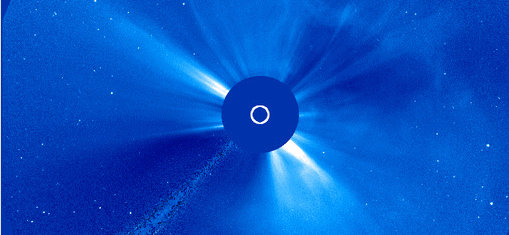(Source: Southgate ARC)
Over-the-horizon communication on Mars
ARRL highlights a post by The Space Weather Woman, Dr. Tamitha Skov, that notes the role amateur radio technology could play in over-the-horizon radio communications on Mars
I am still smiling at the huge response I got to a post I put up on Twitter this week. A newbie to our Space Weather community dared to talk about Amateur Radio as if it were an outdated hobby– whoops, bad idea. I gently educated him.
In doing so, I roused many radio amateurs and emergency communicators, who added their own comments and talked about their own personal experiences in the field. It was very gratifying.What I hadn’t expected, however, was the strong interest in the concept that amateur radio will be critical to establishing over-the-horizon radio communications on planets like Mars in the near future.
This idea brings me back to how we managed to communicate over long distances many decades before we had satellites, internet or cellular networks. In terms of wireless communications on Earth, we were very much in the same place back in the early 1900s that we find ourselves in now when we think about colonizing Mars.
Yet few people realize that despite all our advanced technology, we can’t bring a cell phone to Mars. We will need to fall back on our ‘old ways’ of doing things when it comes to communicating on other planets. Isn’t it funny how ‘old’ things become ‘new’ again?Source ARRL
http://www.arrl.org/news/the-k7ra-solar-update-527Space Weather Woman
http://www.spaceweatherwoman.com/
https://twitter.com/TamithaSkovDr. Tamitha Skov’s latest video report:








